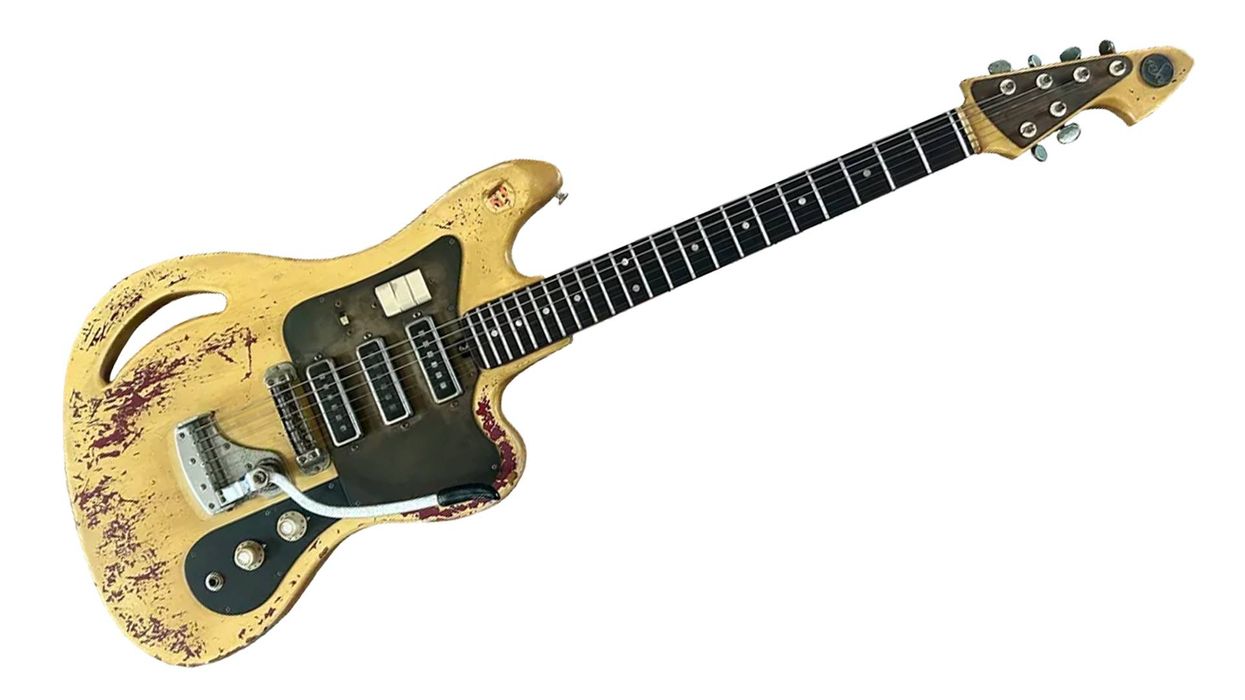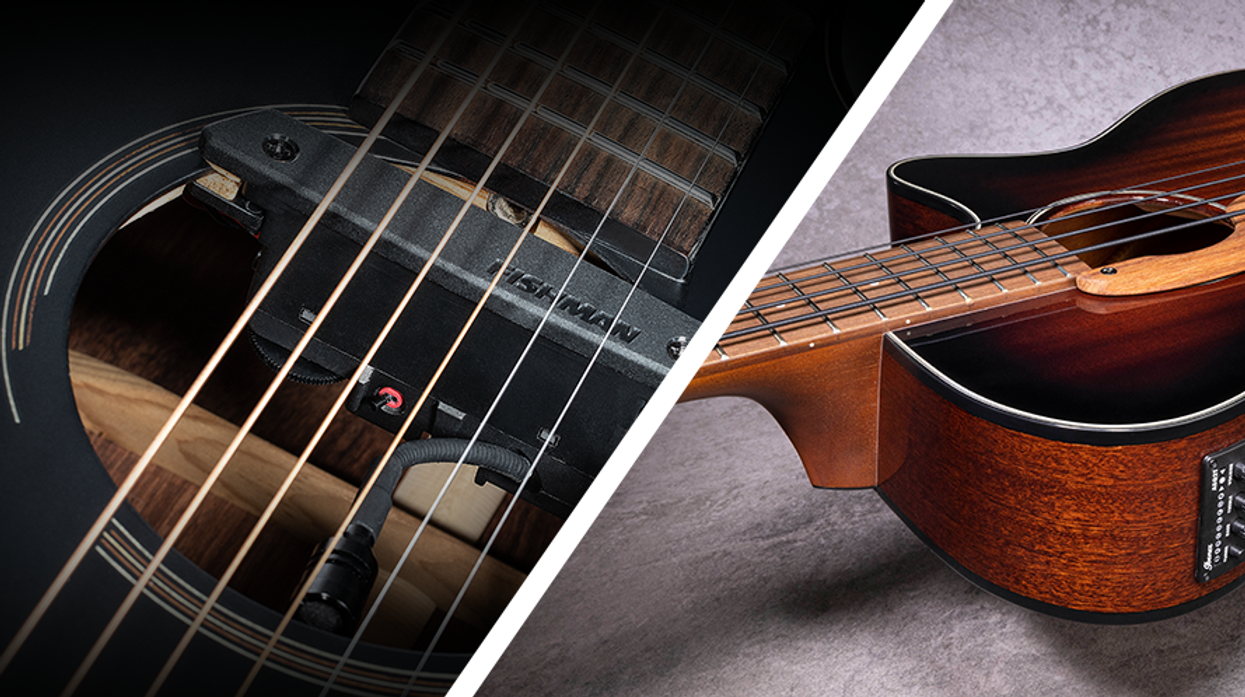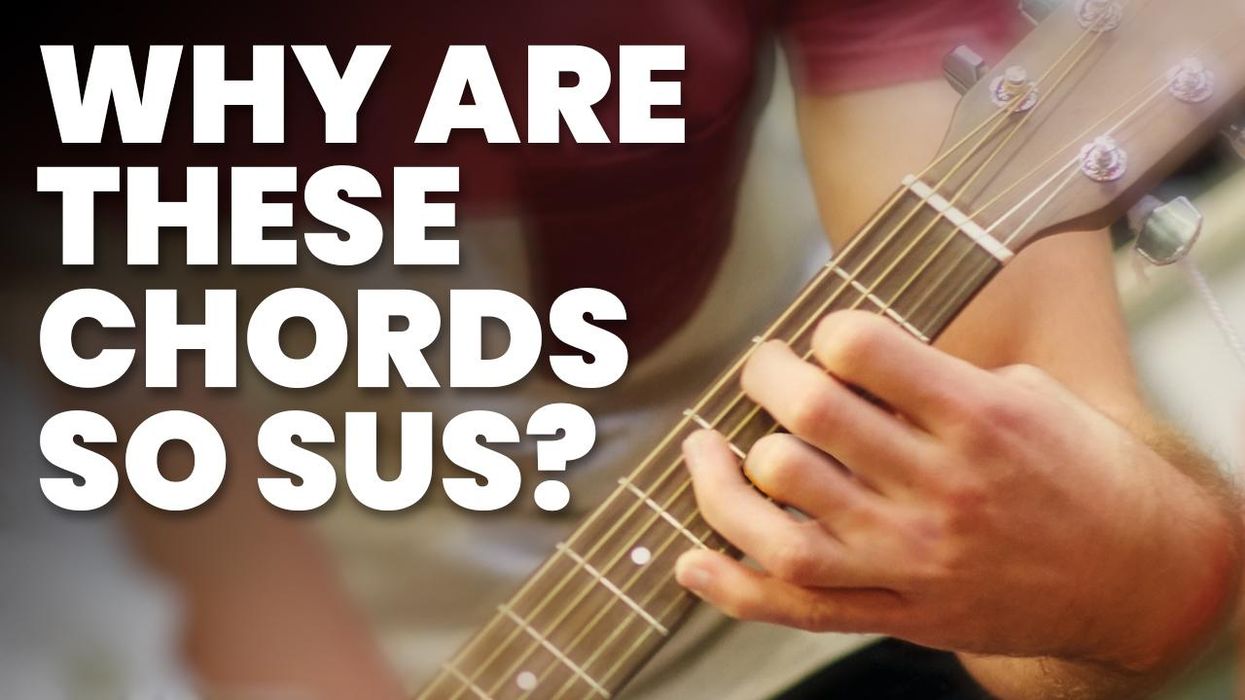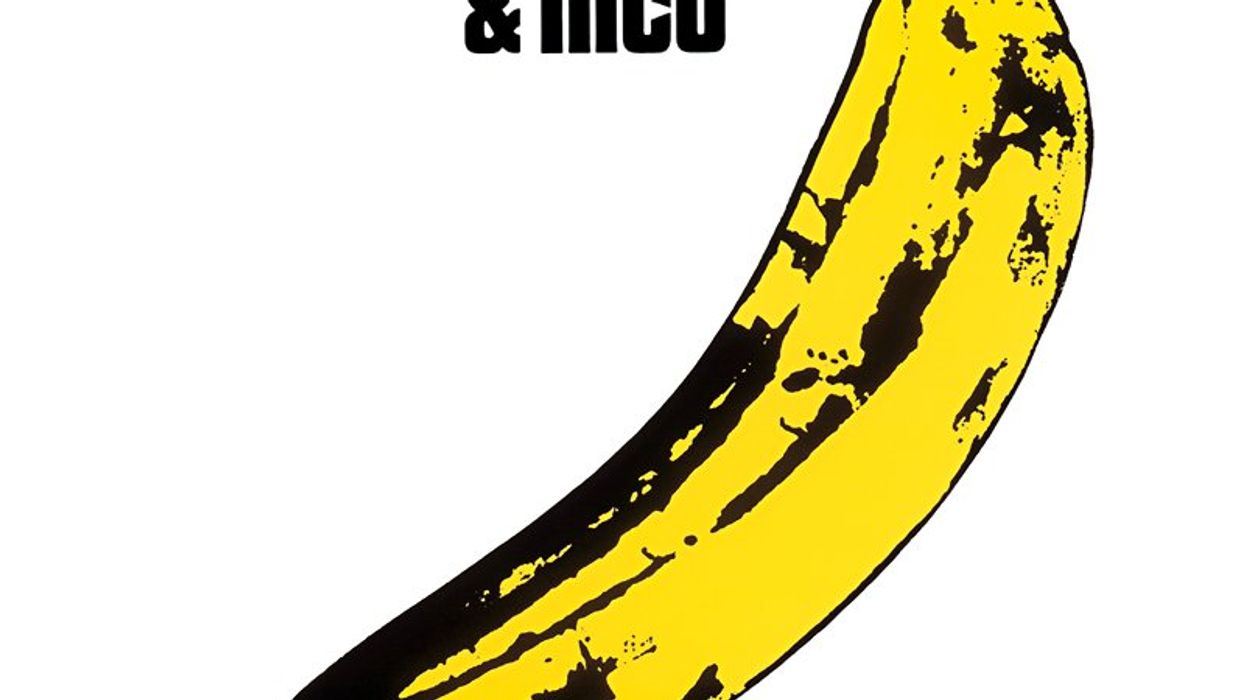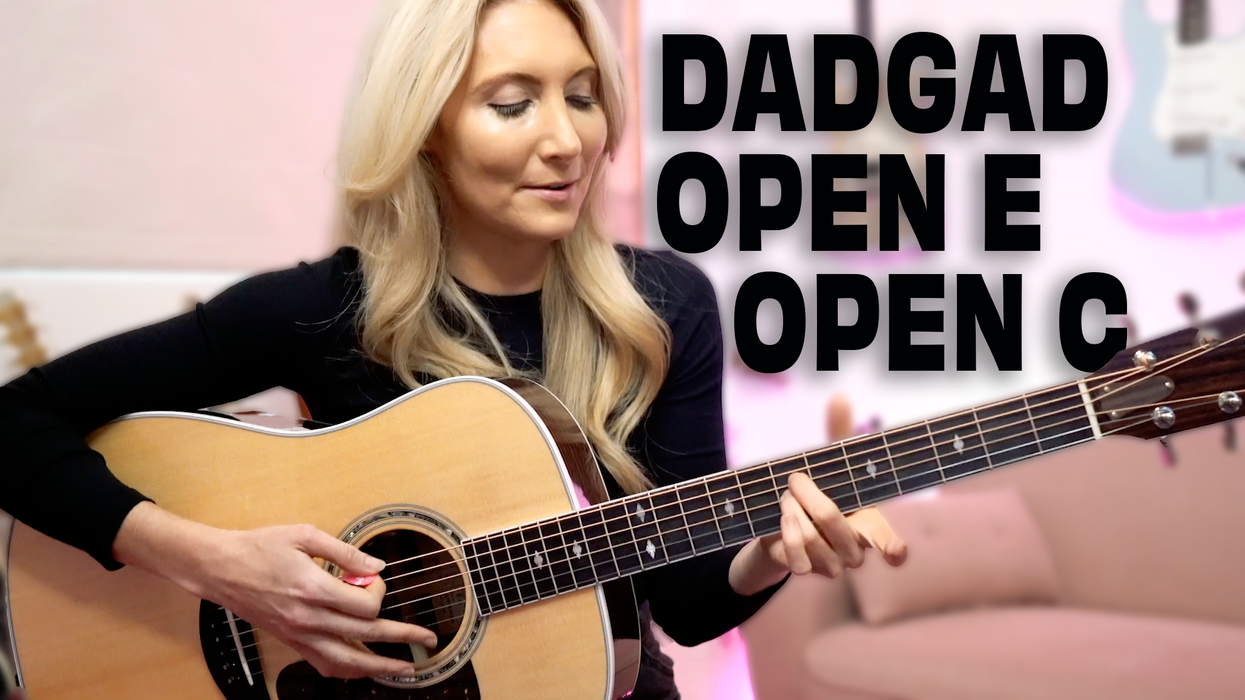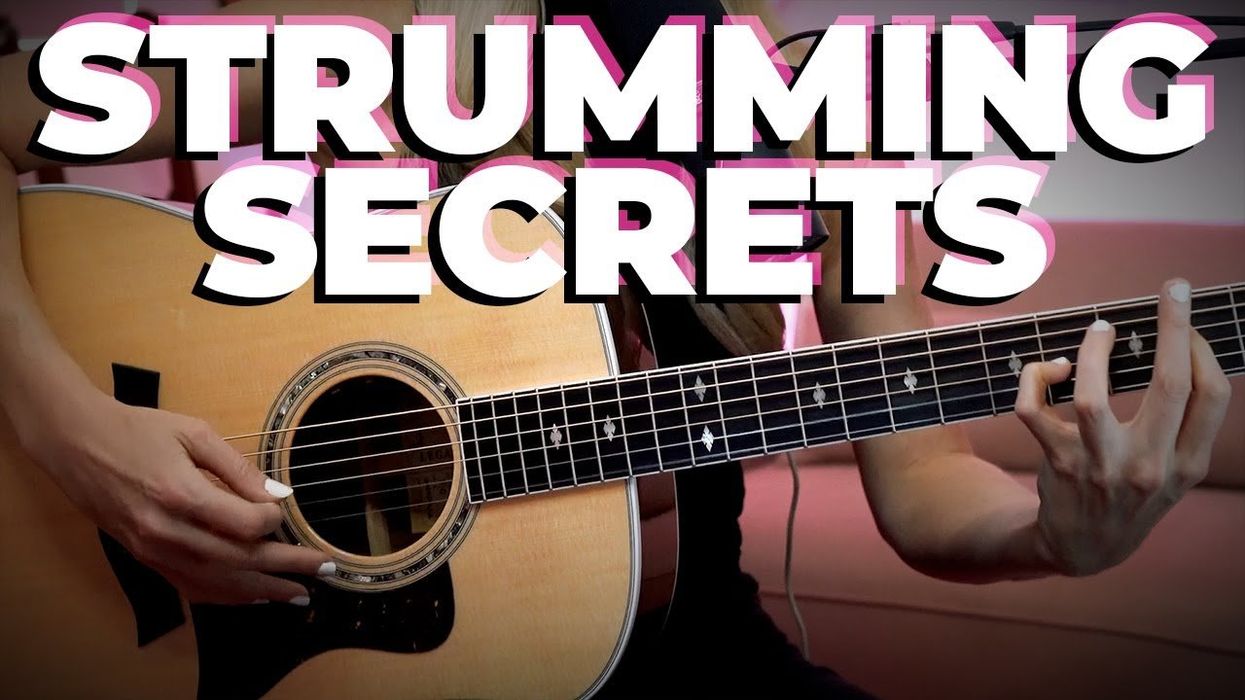I recently published my book Creative Rhythms for Melodic Instruments or Think Like a Drummer, and I’m delighted to say it has been met with great enthusiasm by players and educators. The premise is simple: Take some of the most iconic drummers—from all genres—and use “in-the-style-of” drum fills as source material for melodic phrases, all in a variety of scale and arpeggio patterns, as well as multiple keys.
In addition to the notation, I also released audio examples in a call-and-response manner, allowing musicians to play along with the melodic phrases, with the isolated drums, or respond to the phrases with their own ideas. (Note: The audio for the book features drums and piano, as the book is available in several versions: guitar tab, bass tab, treble clef, bass clef, Bb instruments, and Eb instruments. Nevertheless, for this lesson I have specifically recorded electric guitar.) I also want to point out that the examples in this lesson are not duplicates from the book, but rather, as the book encourages, creative variations.
Icons of the Drum Kit
As I wrote in my book’s introduction, there are countless phenomenal drummers absent from my examples. I can name at least two dozen more drummers I wish were included (in fact … I’m working on Vol. 2). So let’s not nitpick as to who’s the best drummer, let’s just start playing: In the style of …
Ex. 1
Ringo Starr
It is unnecessary to rehash how underrated Ringo is. Instead, listen to the third verse of “Hello, Goodbye,” “A Day in the Life,” or any of the Live at the BBC recordings. Ringo has style! Ex. 1 is a Ringo-style fill, with lots of space (drummers, it’s okay to rest), and features both descending D Dorian and C major scales. (Remember, D Dorian is just C major starting on D.) Emphasize those rests, people!
Ex. 2
Bill Ward (Black Sabbath)
Of all the drummers in my book, I think Bill Ward’s fills are the most recognizable. Bill has distinct flair and an overlooked swing feel. To honor Black Sabbath in general, Ex. 2 features E minor pentatonic and E harmonic minor, played in descending groups of three. That’s down three notes, back one, and down three from there. Groups of three is a rather cliché move, still, when you add a unique rhythm—as demonstrated here—the pattern takes on new life.
Ex. 3
Neil Peart
What more needs to be written about Peart? Or Rush in general? Nothing. Legends. The end. Ex. 3 is based on one of Peart’s most iconic fills (you’ll guess it.) and uses A Phrygian dominant, in two octaves, in homage to Alex Lifeson’s solo on “YYZ.”
Ex. 4
Richard Bailey
Bailey is arguably the least well-known drummer in my book, but I guarantee, if you love guitar music, you know his playing. Bailey is the drummer on Jeff Beck’s Blow by Blow (and many other albums and singles). Ex. 4 is the first to showcase arpeggios, in this instance, F#7 to Emaj7, implying an F# Mixolydian sound, from the home key of B, emphasizing the V chord. Think “Freeway Jam.” One thing that makes these rhythms unique are the ties from the “and” of 1 to the 2, as well as the tie from the “a” of 2 to the 3. This is tricky!
Ex. 5
Stewart Copeland
One of my favorite things about Copeland is that he rarely played the same thing two nights in a row. I highly recommend listening to live recordings from the 1979–1980 Reggatta de Blanc tour, particularly the breakdown section (after the guitar solo) of “So Lonely.” Consistently brilliant and incomparable. They might have been the best band in the world on that tour. Ex. 5 provides us with a Copeland-esque fill (note that grace note on beat 4) and a C#m pentatonic lick with bends and pull-offs, à la “Message in a Bottle.” If you’ve never paid attention to Andy Summers’ fills in that song, do so. He’s more B.B. King than “King of Pain” on that one.
Ex. 6
Chester Thompson
It’s difficult to know who Thompson is most famous for playing with, Weather Report, Santana, Genesis, or, for my money, Frank Zappa. Thompson’s tenure with Zappa allowed him to truly experiment with rhythm. Listen to “Approximate” on You Can’t Do That on Stage Anymore, Vol. 2 The Helsinki Concert. Ex. 6, in keeping with Zappa’s penchant for two-chord jams, demonstrates more arpeggios, F7 to Gm7, in the home key of Bb major. In this one-measure phrase, we have eighth-notes, dotted-eighths, 16th-notes, and 32nd-notes. This should test your rhythmic abilities.
The final two examples feature drummers who are not in my book, so I’m happy to share them here: John Bonham (of Led Zeppelin) and Carlton Barrett (of Bob Marley and the Wailers).
Ex. 7
John Bonham
No, I’m not highlighting Bonham kick drum triplets. Rather, Ex. 7 features a Bonham snare/floor tom/kick drum combination. And the phrase I created also pays homage to his bandmate Jimmy Page, with an A blues riff, modulating to C blues (name that tune!) that includes more guitaristic phrasing.
Carlton Barrett
While Bob Marley might be the face of reggae, Carlton Barrett, along with his brother, Aston, on bass, may be the defining sound of reggae, as the brother duo played on countless Marley recordings and live performances. While Ex. 8 does not include a “one drop” (look it up, or just listen to “One Drop” by the Wailers), it is still quintessential Barrett. The melodic phrase is built with ascending arpeggios, Dmaj7 and Gmaj7, the I to IV chords, in two different patterns and positions.
Infinite Rhythmic Combinations
Besides the fact that I enjoy playing the examples myself, one of the reasons I wrote my book is because I believe rhythm is the most important feature in music, and yet it is underutilized. While these examples demonstrate quite a bit of variety, the fact of the matter is, rhythmic combinations are infinite. I encourage you to studiously experiment with uncommon phrasing. Intuition is great, but eventually, in my experience, it becomes unconsciously repetitive. So sit down and really work on distinctive rhythmic phrases. I promise you, you will never run out of new ones.



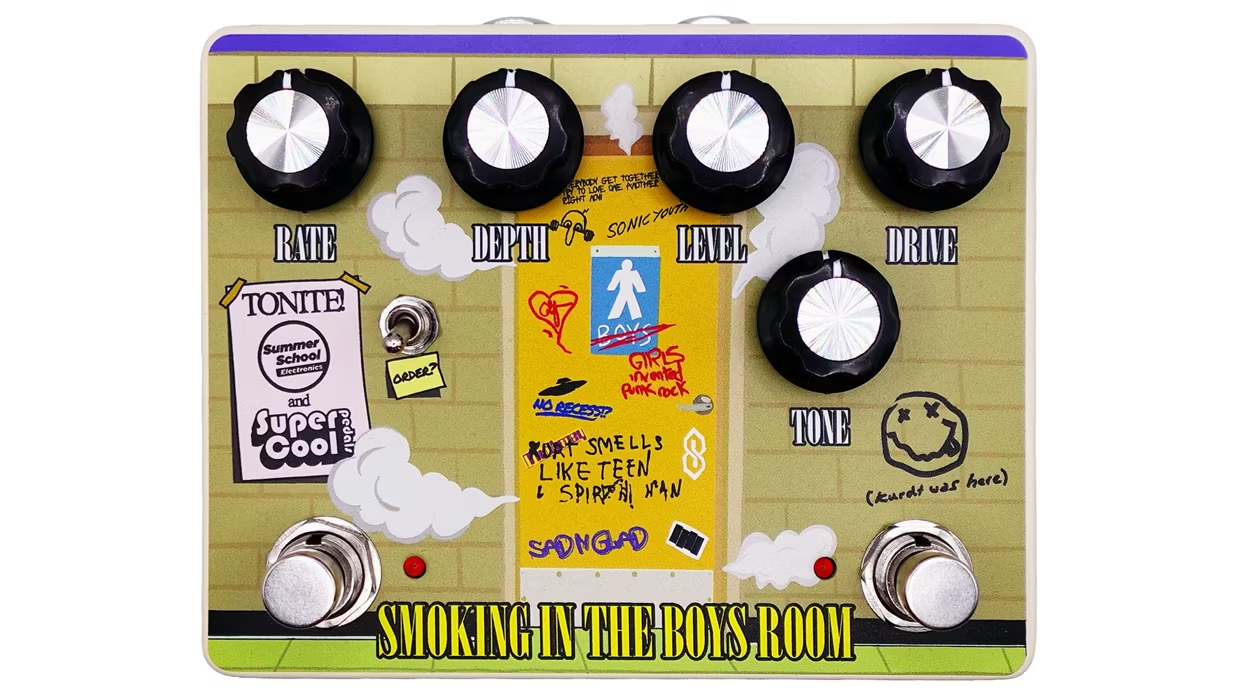

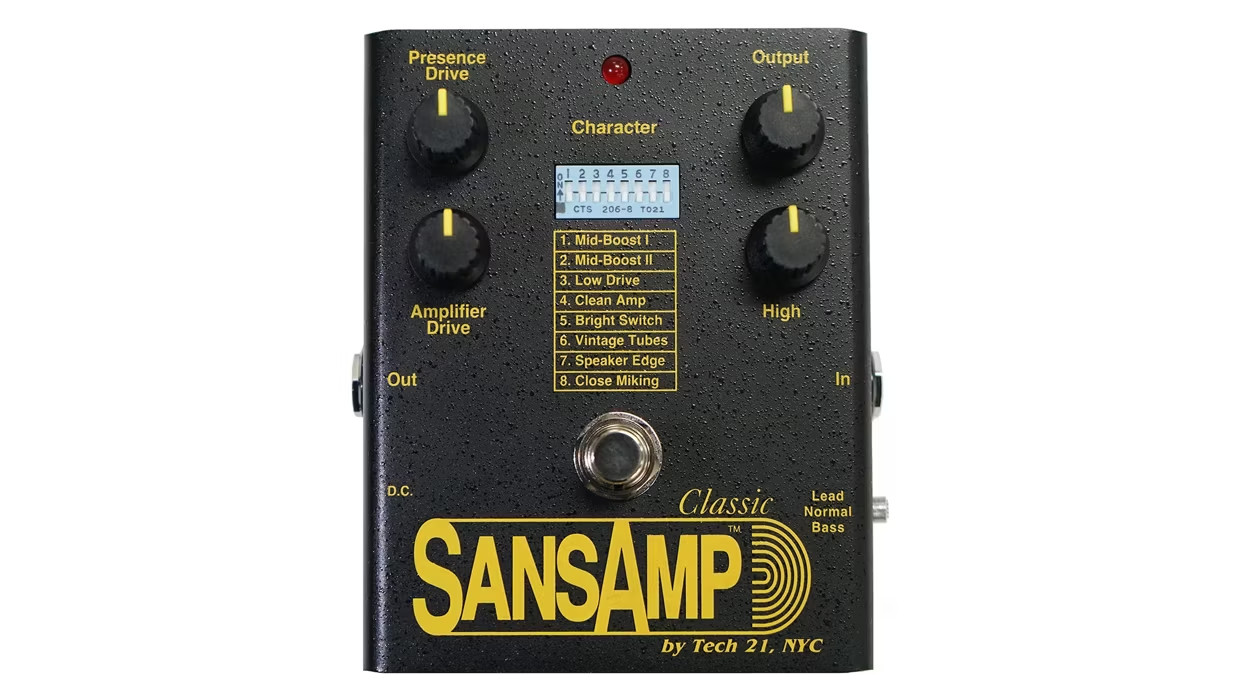


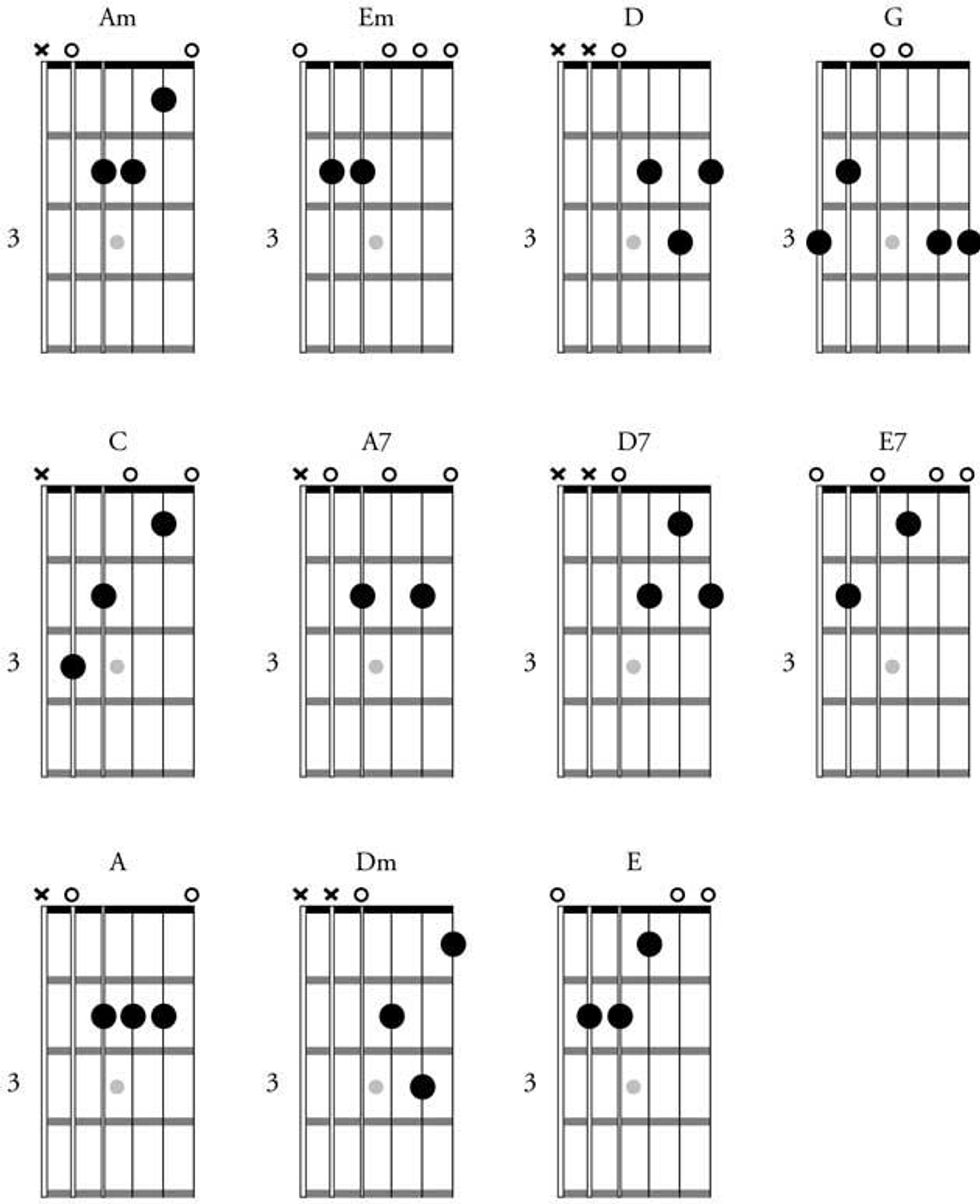
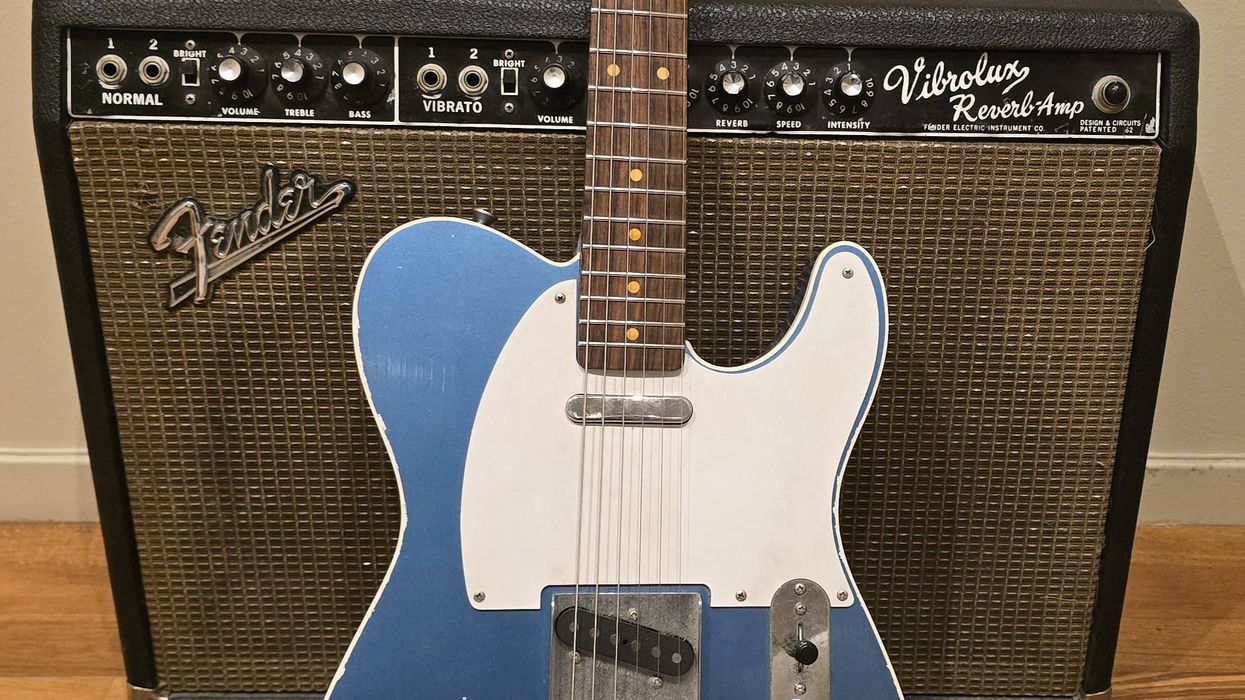
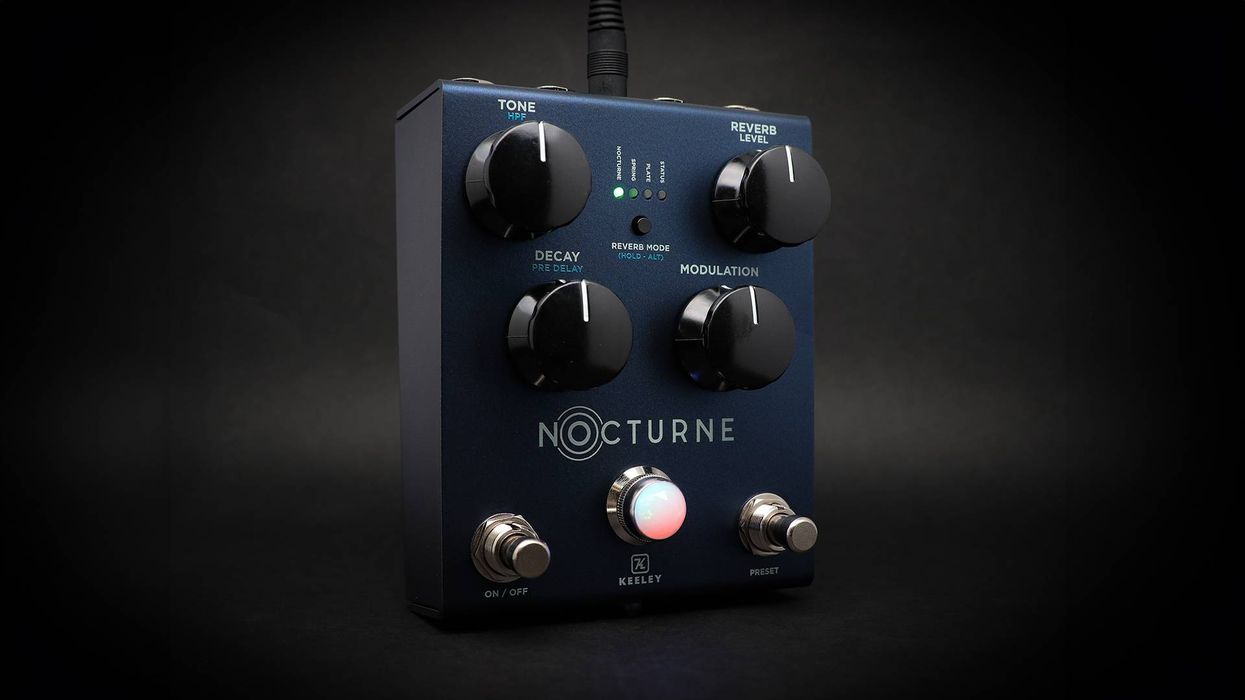
![Rig Rundown: Russian Circles’ Mike Sullivan [2025]](https://www.premierguitar.com/media-library/youtube.jpg?id=62303631&width=1245&height=700&quality=70&coordinates=0%2C0%2C0%2C0)
